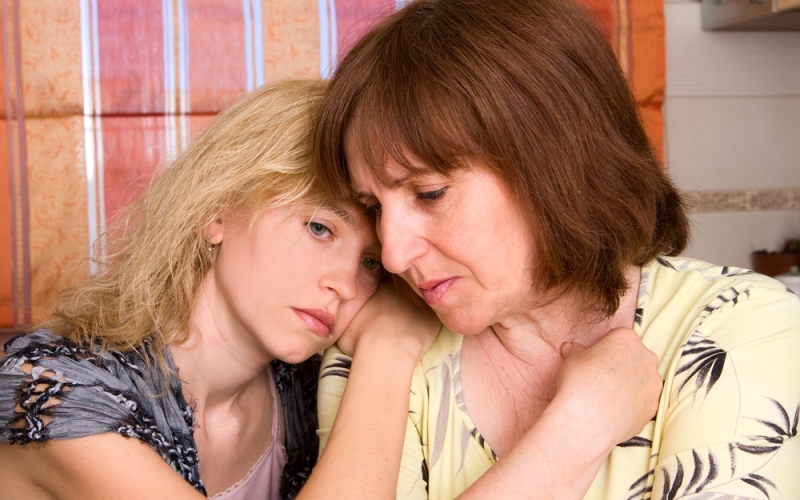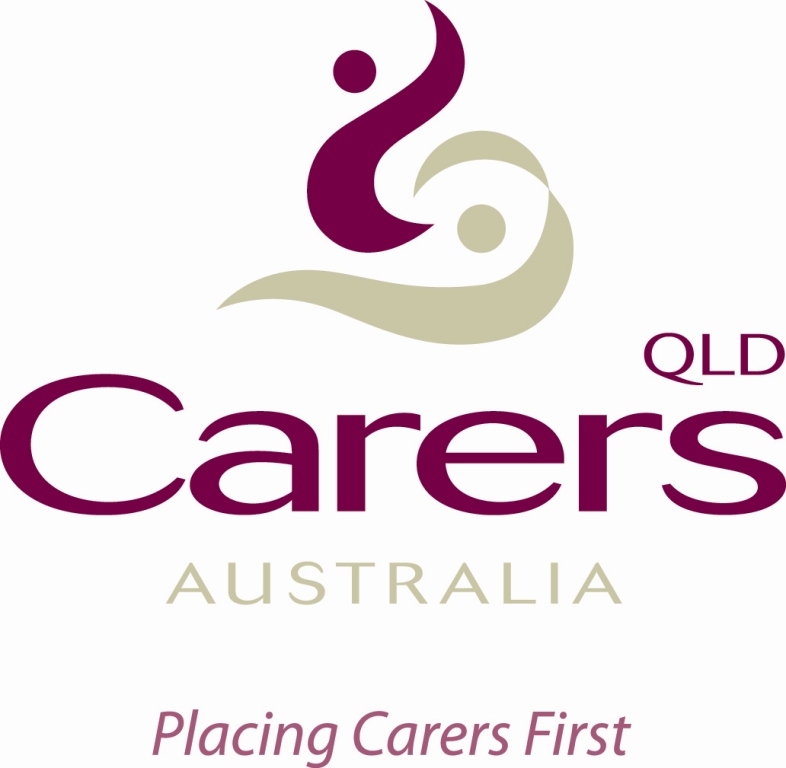Types of mental illness
There are many types of mental illness with different symptoms. Here’s an overview of the most common mental illnesses.
- Anxiety
- Depression
- Bipolar
- Psychosis
- Schizophrenia
- Personality disorders
- Borderline personality
- Eating disorders

Anxiety
Anxiety usually first appears in the early to late teenage years but can also emerge in childhood or adulthood.
An anxiety disorder is characterised by severe and long-term worry and/or fear with no obvious cause to justify its intensity.
Types of anxiety disorders include:
- Social anxiety
- Generalised anxiety
- Panic disorder
- Agoraphobia
- Post-traumatic stress disorder
- Specific phobias (eg: spiders, blood)
- Obsessive compulsive disorder
- Substance-using anxiety disorder.

Depression
Depression is a serious illness in which someone experiences sadness and/or irritability for most of the time. People with depression often lack the motivation to carry out normal daily tasks.
Depression is the most common of all mental illnesses, and is often linked with anxiety.
Symptoms of depression include:
- unusually sad or ‘low’ mood that won’t go away
- loss of interest or pleasure in activities a person used to enjoy
- decreased energy, fatigue
- difficulty concentrating
- sense of worthlessness or guilt
- changes in appetite
- changes in sleep patterns
- feeling suicidal

Bipolar disorder
Bipolar disorder (formerly known as manic depression) involves one or more manic episodes with one or more major episodes of depression.
There are different types of bipolar disorder:
- individuals diagnosed with Bipolar I Disorder have manic episodes with at least one major depressive episode.
- individuals diagnosed with Bipolar II Disorder have major depressive episodes with at least one hypomanic episode
A ‘hypomanic episode’ is a period of constantly elevated or irritable mood that is notably different from the person’s usual mood.
Symptoms of mania include:
- elevated affect (mood)
- racing thoughts
- manic speech (pressured, loud and rapid)
- increased energy and activity
- decreased need for sleep
- recklessness such as excessive spending

Psychosis
Psychosis can be a diagnosis in itself, or it can be a symptom of other mental illnesses (e.g. schizophrenia, bipolar disorder, schizoaffective disorder, or major depression).
Symptoms of psychosis include:
- hallucinations – distortions of senses. Feeling, hearing, seeing, smelling, or tasting things that are not real.
- delusions – fixed and false beliefs
- disorganised thinking and paranoia
- disorganised behaviour
- diminished emotional expressiveness
- poverty or speech, incoherence, or stringing together unrelated words (word salad)
- inability to initiate and sustain goal-directed activities
- feeling unmotivated
- feeling unsocial
Hallucinations and delusions are real to the person experiencing them.

Schizophrenia
Schizophrenia is characterised by a distorted perception of reality, confused thinking, and social isolation.
Common symptoms include:
- poverty of speech
- confused thinking
- delusions
- hallucinations
- lack of insight (agnosis)
- poor personal hygiene
- self-imposed isolation
To be diagnosed with schizophrenia, symptoms must persist for 6 months. The most common age of onset for males is 18-25 years, and for females 25 to mid-30s.
Schizophrenia is associated with
- a high suicide rate
- positive (active) and negative (passive) symptoms of psychosis
Schizophrenia cannot be cured. Some people will experience fewer episodes and then recover completely, but for other schizophrenia is a prolonged illness.

Personality disorder
Symptoms of personality disorders include:
- frequently changing emotions and attitudes
- constantly questioning one’s own worth, feelings of inadequacy
- overstepping interpersonal boundaries
- pervasive and inflexible thought patterns
- frantic efforts to avoid real or imagined abandonment
- unstable and intense interpersonal relationships
- unstable self-image resulting in many life changes including changes in living arrangements, career choices, and sexual preference.
- mood swings (e.g. sudden and intense irritability or anxiety for a short duration, inappropriate and intense anger, or difficulty controlling anger)
- chronic feelings of emptiness and loneliness
- substance abuse
- impulsivity in at least two areas that are potentially self-damaging: excessive spending, promiscuity, reckless driving, binge eating or starving.
- self-harm, such as recurrent suicidal behaviour (gestures or threats), self-mutilating behaviours, deliberately entering or creating dangerous personal situations
The onset of personality disorders typically happens in adolescence or early adulthood.

Borderline Personality Disorder
Between 2 and 5 per cent of the population will be diagnosed with a Borderline Personality Disorder at some stage in their lives.
People with a personality disorder experience longstanding problems with relationships, identity and control of emotions and behaviour. Suicidal impulses and self-harm are common.
Symptoms include:
- frantic efforts to avoid real or imagined abandonment
- unstable and intense interpersonal relationships
- mood swings (e.g. sudden and intense irritability or anxiety for a short duration, inappropriate and intense anger, or difficulty controlling anger)
- chronic feelings of emptiness and loneliness
- impulsivity in at least two areas that are potentially self-damaging: excessive spending, promiscuity, reckless driving, binge eating or starving.
- self-harm, such as recurrent suicidal behaviour (gestures or threats), self-mutilating behaviours, deliberately entering or creating dangerous personal situations

Eating disorders
There are three main types of eating disorders:
- Anorexia nervosa: food restriction and possible excessive exercise
- Bulimia nervosa: alternating between restricting food and bingeing on large amounts of food, and inducing vomiting or taking laxatives to rid the body of the food.
- Compulsive overeating/binge eating disorder: impulsive binge eating without purging
Eating disorders are not just about food. They stem from low self-esteem, societal pressure and an attempt to gain a sense of control.
Eating disorders affect a person’s ability to cope with life in general, and they impact around 10% of the population.




